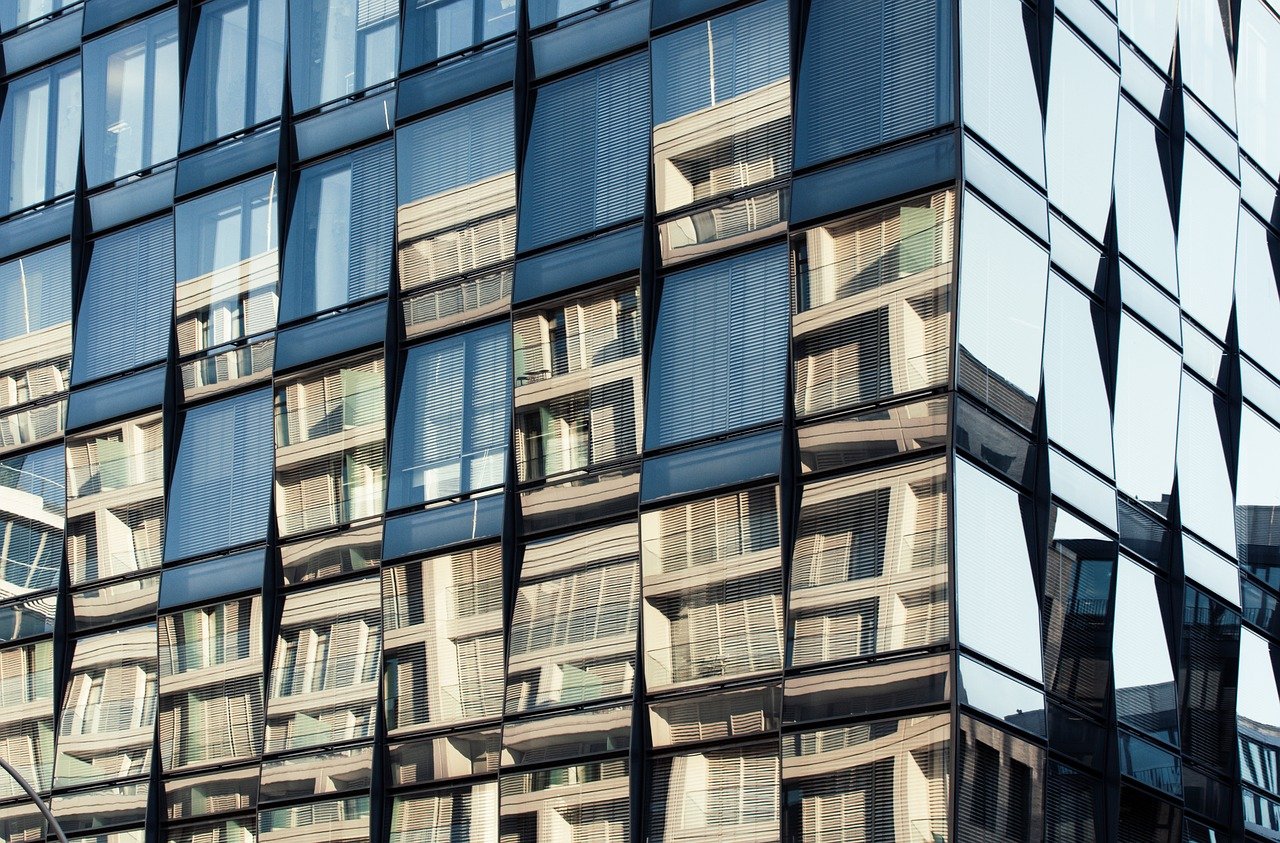Roman Mars expresses a keen interest in self-driving cars, stating that they may instigate the most significant transformation of our urban landscapes. As the creator and host of the acclaimed podcast “99% Invisible,” he delves into topics that many overlook, such as the design of everyday items—from toothbrushes to the aesthetics of office chairs—taking a deep dive into architecture and urban planning.
Teaming up with fellow producers from the podcast collective Radiotopia—who bring to life shows like “Criminal” and “The Allusionist”—Mars is gearing up for a series of live performances, including one in Portland on May 8. Ahead of this event, he shared insights on how he converts the podcast experience into an engaging live format, the significance of Portland’s city flag, and how examining design continues to inspire optimism within him.
In a recent episode, he tackled the uncomfortable theme of “unpleasant design” and “hostile architecture.” He highlights the public’s connection to this subject; the practice of implementing features in urban spaces that undermine public comfort, like armrests on benches in airports, resonates with listeners. Mars advocates for recognizing how design choices impact our lives and urban experience. It’s about finding a balance between usability and the measures taken to govern public spaces, a topic that speaks to personal and humanistic values.
Another noteworthy episode focuses on the impact of design in politics, particularly the influence of CD longboxes associated with REM’s “Out of Time” album on the “Motor Voter” legislation. The episode illustrates the profound interplay between design, commerce, and civic engagement, demonstrating how thoughtful design can motivate action and lead to significant outcomes.
As Radiotopia producers take their podcast to the stage, Mars strives to maintain the intimate essence of podcasting while creating a unique stage performance. He emphasizes that he aims to transform the podcast’s audio experience into a live event that capitalizes on the excitement and energy of the audience while drawing them into the creative process.
In Portland, audiences can expect a compelling 20-minute narrative interwoven with music from the band Decemberists and stories from author Jon Mooallem. Mars considers this narrative not just about infrastructure but genuinely human experiences, emphasizing the power of storytelling set to music to engage attendees.
Mars passionately discusses Portland’s city flag, which he praises for its aesthetics and design. The involvement of dedicated individuals like Ted Kaye, who championed the design and promotion of a meaningful flag, kept community focus on elevating the city’s identity through its banner. The flag’s unique features, including its geographical elements and overall design quality, resonate with Portlandians and have even permeated sports culture and tattoo art, illustrating the flag serves as a powerful emblem for the city’s identity.
When asked whether the flag’s greatness stems from Portland’s value or the flag elevating the city’s identity, Mars points to a feedback loop between community pride and effective branding. The city’s flag offers a faithful representation devoid of cliché tropes and portrays a positive image that citizens can rally around.
Discussing optimism through the lens of design, Mars reflects on how his understanding of architectural thoughtfulness has shifted his worldview for the better. Rather than maintaining a cynical outlook, studying design reveals that many individuals work earnestly to enhance our experiences, fostering an appreciation of detail often overlooked.
On the horizon, Mars is intrigued by the implications self-driving cars may hold for urban development. He recognizes both the potential for a dramatic shift in land use and a potential decline in public transit support. The duality of self-driving vehicles excites him while provoking concern about sustainability in transportation.
In conclusion, Mars’s explorations into design and urbanism continuously provoke thoughtful conversations about community identity, functionality, and the broader social implications—providing a hopeful perspective on the future of cities.



